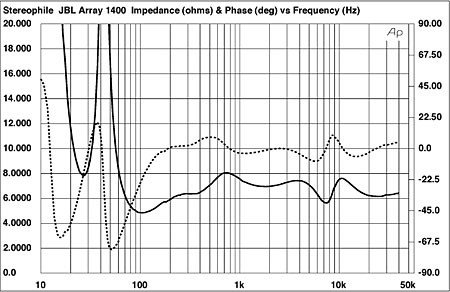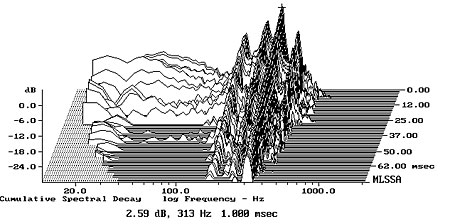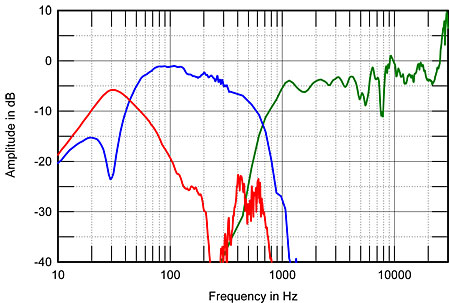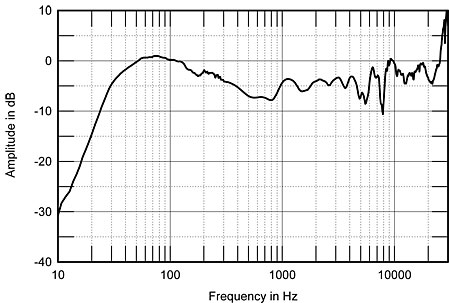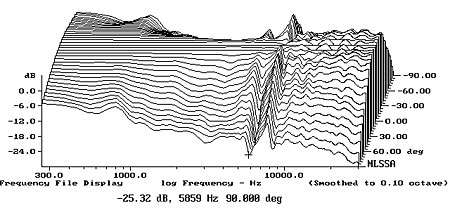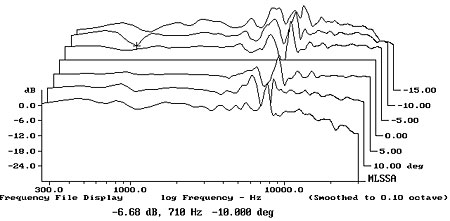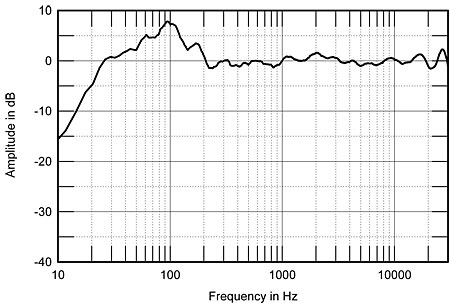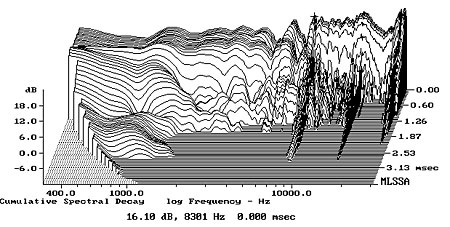| Columns Retired Columns & Blogs |
It would be interesting to compare how much of Project Array's magic that Mr. Timbers was able to distil into his curious Studio 5 series as both designs feature large bi-radial horns and trapezoidal cabinets.
Full disclosure, my own curiosity got the better of me last January and I purchased the 530s for my smaller 2 channel system and I haven't found reason to take them out yet. I figured that anyone implementing a compression driver mated to a horn, and sensitivity isn't the goal, has a design that certainly warrants a listen.
I haven't had the opportunity to listen to any of the Synthesis Project systems yet so I've always been left wondering.
